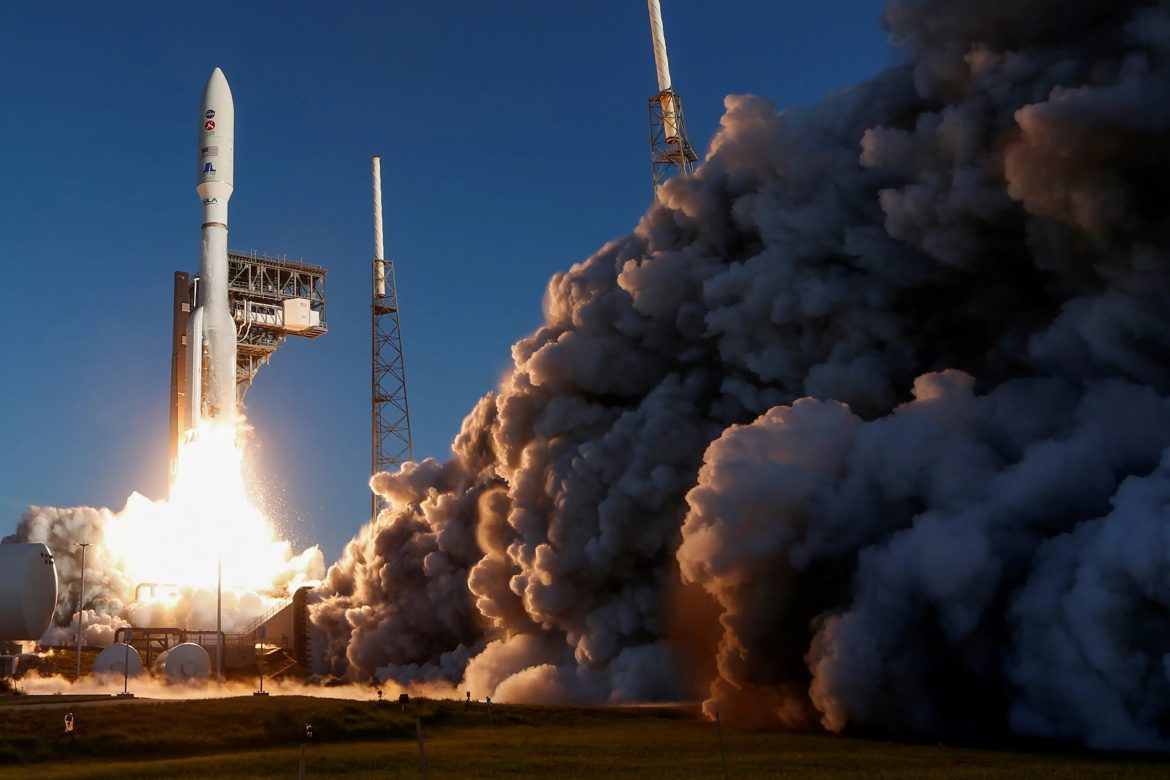ng opportunities they present for scientific discovery and human exploration beyond Earth.
Advancements in Rocket Technology
Reusable Rockets
One of the most significant breakthroughs in space exploration has been the development of reusable rocket technology. Companies like SpaceX have pioneered the use of reusable rocket stages, significantly reducing the cost of launching payloads into space. By landing and refurbishing rocket stages after each launch, reusable rocket technology has made space access more accessible and economically sustainable, paving the way for ambitious missions to the Moon, Mars, and beyond.
Heavy-lift Launch Vehicles
Heavy-lift launch vehicles are another area of innovation in rocket technology, enabling the launch of larger payloads and spacecraft into orbit. Vehicles like the SpaceX Falcon Heavy and NASA’s Space Launch System (SLS) are designed to carry massive payloads and crewed missions to destinations beyond low Earth orbit. These powerful rockets are essential for launching spacecraft to explore distant planets, conduct deep space missions, and establish human habitats in space.
Robotic Exploration Missions
Planetary Rovers
Robotic exploration missions play a crucial role in studying and understanding the solar system’s planets and moons. Planetary rovers, such as NASA’s Mars rovers Curiosity and Perseverance, are equipped with advanced scientific instruments to analyze the surface composition, search for signs of past life, and characterize the potential habitability of other worlds. These rovers have revolutionized our understanding of Mars and paved the way for future human exploration missions to the Red Planet.
Asteroid and Comet Probes
In addition to planetary exploration, robotic spacecraft are also being sent to study asteroids and comets, providing valuable insights into the early solar system’s formation and evolution. Missions like NASA’s OSIRIS-REx and ESA’s Rosetta have successfully rendezvoused with and studied these primitive celestial bodies, shedding light on their composition, structure, and potential as resources for future space exploration missions.
Human Spaceflight Programs
Commercial Crew and Space Tourism
The rise of commercial spaceflight companies has ushered in a new era of human space exploration, with companies like SpaceX and Blue Origin leading the way in launching astronauts to the International Space Station (ISS) and beyond. These companies are also developing plans for space tourism, offering civilians the opportunity to experience weightlessness and see Earth from space. As commercial spaceflight technology continues to mature, the prospect of routine access to space for both scientific research and recreational purposes becomes increasingly feasible.
Lunar Exploration
NASA and other space agencies are planning a return to the Moon as part of their Artemis program, with the goal of establishing a sustainable human presence on the lunar surface by the end of the decade. The Artemis program aims to land the first woman and the next man on the Moon, conduct scientific research, and prepare for future crewed missions to Mars. International collaboration and partnerships with commercial space companies will play a crucial role in achieving these ambitious objectives.
Conclusion
As we look to the future, the prospects for space exploration have never been more exciting. With advancements in rocket technology, robotic exploration missions, and human spaceflight programs, we are on the verge of unlocking the mysteries of the cosmos and expanding humanity’s presence beyond Earth. By harnessing the power of technology, innovation, and international collaboration, we can continue to push the boundaries of space exploration and inspire future generations to reach for the stars.

